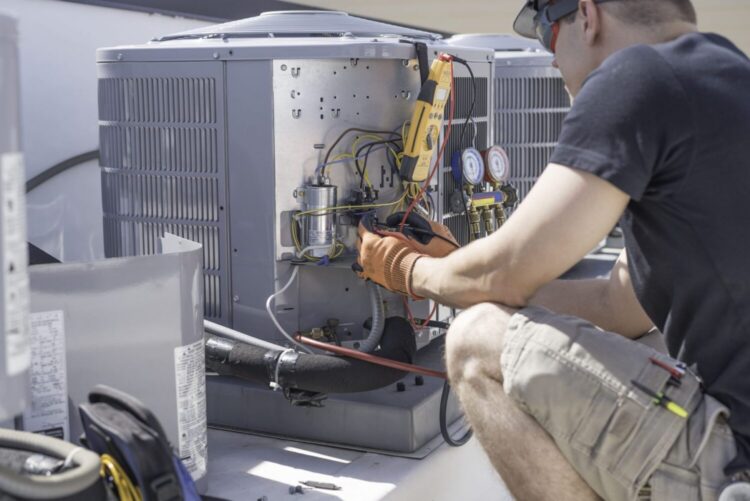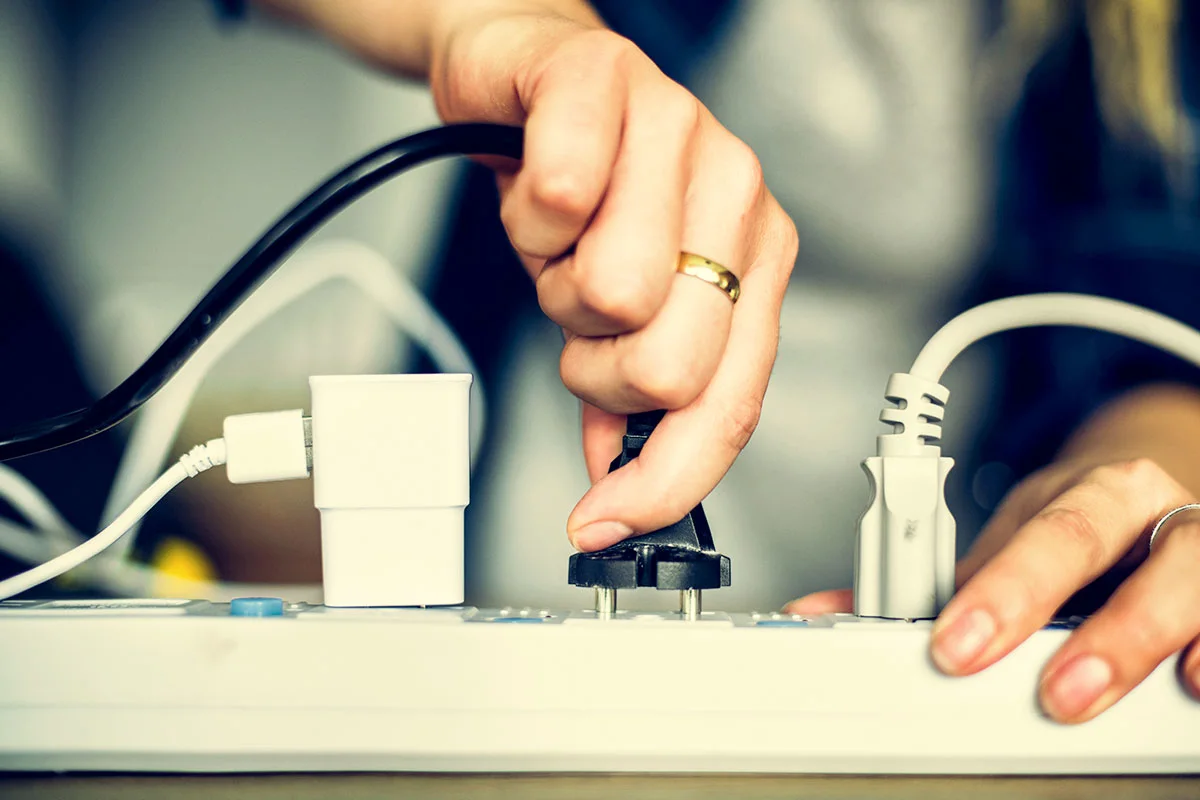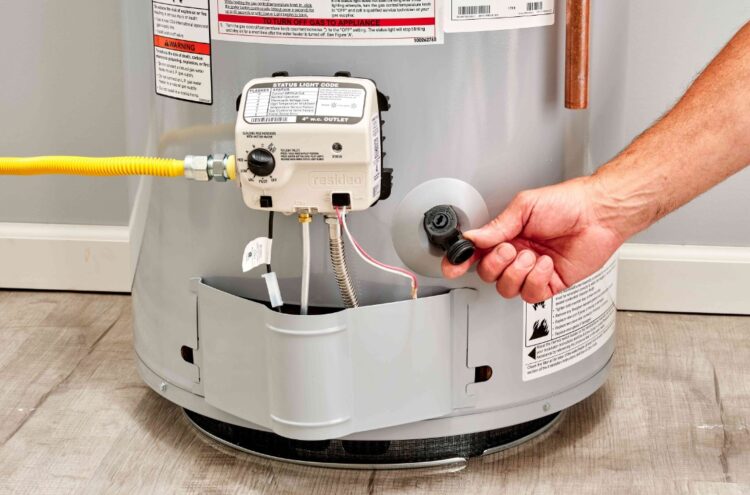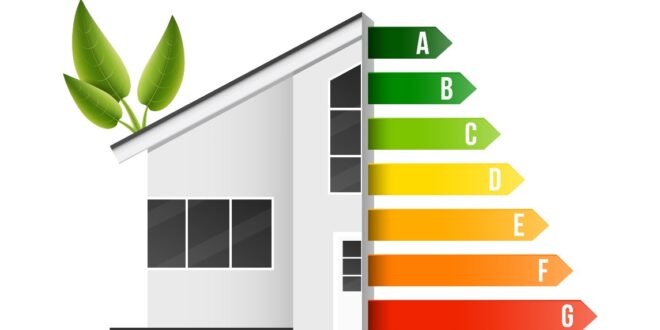The cost of living today is sky-high. As the cost of groceries, gas, and housing continues to pinch wallets, many homeowners are looking for ways to cut back. Making your home more energy efficient can help you save money, plus it’s good for the environment.
No matter where you live or what budget you have, there are steps you can take to reduce energy consumption. Below we outline various options, from the cheap and easy to the more expensive and complicated. Use the ones that work best for your home and pocketbook, and if your situation changes, you’ll have some ideas to build on.
HVAC

The heating and cooling system in your home can significantly impact both your comfort and your utility bills. An old, unmaintained heating unit can use more energy and potentially pose a safety hazard. In contrast, well-cared-for systems can keep your family safely comfortable and last for up to 20 years.
Low ─ Maintain Your System
A cheap and easy way to reduce your heating costs is to regularly maintain your furnace. Change the air filter at least every three months, and during periods of heavy use, check it monthly. Your furnace’s air filter pulls out dust and other contaminants from the air.
When the filter is dirty, air movement is obstructed, and your furnace must work harder to put out the same amount of heat. In addition to filter changes, have your heating system professionally serviced once a year.
Medium ─ Install a Smart Thermostat
Smart thermostats allow you to manage the heating and cooling system from a remote device, such as a smartphone. Using a smart thermostat enables you to turn your HVAC system up or down when you’re away, reducing energy consumption.
Then, when you’re on the way back, you can adjust the temp remotely and arrive at a perfectly comfortable house. The Energy Star program estimates that homeowners can save up to $100 annually with an Energy Star–certified thermostat.
High ─ Upgrade Your HVAC Components
Homes with heating and cooling units more than 10 years old may benefit from an upgraded system. Modern, energy-efficient furnaces and air conditioners provide better circulation with less energy usage. While replacing your HVAC system will cost thousands of dollars, it could be worth it if your current components are showing their age.
Windows

Windows can be a significant source of air leakage in the winter and the summer. Common culprits include warped frames, single-pane glass, and cracked seals. Here are a few things you can do to tackle this problem area.
Low ─ Use an Inexpensive Window Insulation Option
If you’re on a tight budget, consider hanging blankets or sheets over drafty windows. This can be especially helpful in the winter to keep cold air out and warm air inside. Alternatively, you can purchase a kit to apply shrink wrap around your windows to prevent drafts without blocking the light.
Medium ─ Recaulk Old, Drafty Windows
Caulk is another inexpensive solution, but you’ll need to spend some time to seal drafty windows properly. Hold up a lit candle near the edges of windows to help spot air leakage. Then apply a thin bead of caulk and allow it to dry for a few days. Once the caulk is cured, your drafts will be, too!
High ─ Invest in Replacement Windows
Replacing ill-sealed, single-pane windows with insulated double- or even triple-glazed models can dramatically decrease your energy consumption. According to home renovation guru Bob Vila, replacement window costs typically range between $180 and $409 per window. And if you’re talking about a wall-spanning picture window, the cost could be much higher. So this isn’t a low-cost approach, but if you’re working with a smaller budget, you could replace one or a few windows at a time.
Electricity

Low ─ Leverage Task Lighting
Lighting in your home is important for visibility, safety, and creating an attractive ambiance. But that doesn’t mean you need overhead lights on at all times. One way to reduce power consumption is to leverage task lighting. Use lamps or spot lighting in different locations to provide illumination just where you need it, and turn the rest of your fixtures off.
Medium ─ Use Smart Power Strips
One standard tip to save on electricity is to shut off appliances and electronics when not in use. However, this doesn’t account for the “phantom” or “vampire” power that’s still being consumed by devices in standby mode. To rid yourself of these energy suckers, invest in smart power strips that you can turn off when devices are not in use. Unlike traditional power strips, these completely cut off phantom power, thus reducing your power consumption.
High ─ Install Solar Panels
To really take control of your electricity use, consider creating your own. Solar panels may not be the right move for every homeowner. Still, they can provide a cost-benefit for homeowners living in areas with high electricity rates. In addition to lowering electricity bills, they can add to your property value.
Miscellaneous

Here are a few more tips that won’t cost you any money to implement. These quick changes could save you hundreds of dollars per year.
Check Your Time-of-Use Rates
Review your utility bills or talk to your electric company about rates per kilowatt hour. Some companies charge variable rates depending on the time of day. You could save money by doing your laundry or running your dishwasher at off-peak hours. While the savings may sound small (i.e., 5 cents per kWh versus 20 cents), it adds up quickly.
Lower the Temperature of Your Water Heater
The Department of Energy says lowering your water heater’s temperature from 140 to 120 degrees Fahrenheit could save you $400 or more per year. The lower water temperature is safer for bathers and can help prevent mineral buildup in your water heater, too. Make sure to read the owner’s manual for your water heater to ensure you understand how to change the temperature safely.
Clean Your Appliances
Like your HVAC system, many large appliances have filters or venting components that can get dirty. Regularly clean any filters, vents, and back sections of large appliances to remove dust. Dust and dirt can make the motors in your appliances work harder and use more energy.
Making a few upgrades to your home can help you save money and reduce your environmental impact. Even if you’re on a tight budget, there are small changes you can make that will have a significant effect.
 Hi Boox Popular Magazine 2024
Hi Boox Popular Magazine 2024



